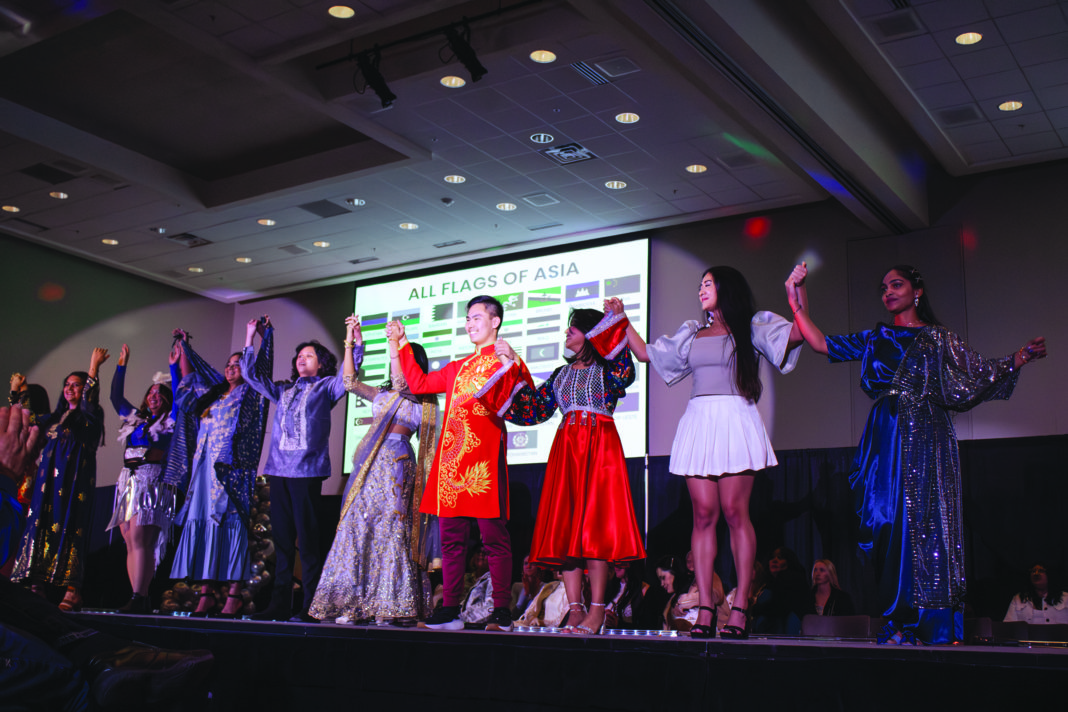In many colleges–or organizations for that matter–one will often hear a sentiment that they aim for diversity.
They may or may not follow through with this sentiment, but diversity remains a key value for people and organizations across the nation. Diversity means a lot of things to a lot of people, but we’re left with an important question: Why is diversity in education important?
Diversity exposes students to a variety of social and cultural perspectives that their education is incomplete without. Education in law, medicine, psychology and many other fields which require workers to engage with a diverse clientele is more complete when it explores those studies through different lenses, such as different cultures, bodies, languages, ages and genders. It’s important for colleges to examine their own demographics regularly in these areas to ensure their education isn’t heavily weighted towards one particular bias.
Interstate and international diversity helps a university match its educational standards to the rest of the globe. Giving a voice to students with experience at other colleges or with the standards of other locales can show where a university has room for improvement and where it does well. Out-of-state scholarships and financial aid programs help foster national diversity and foreign exchange programs and immigration/out-of-country scholarships help on a global scale.
A diverse student body also ensures that all communities benefit from college education. Any disparity in state demographics served by educational institutions reflects a failure of either the institution or the state as a whole to serve that community. Public colleges are state institutions, meaning it’s the responsibility of the school to serve the entire state as much as possible. Disparity is an extremely difficult problem to solve altogether, but a solution can be approached with community outreach programs, out-of-county engagement, specialized financial aid initiatives and when disparity becomes a major issue, affirmative action.
It’s important to recognize that schools are rarely neutral actors when it comes to diversity and racial equity. They served as a battleground at all levels of education during the civil rights movement and college access is notoriously much more difficult to obtain for those in marginalized communities.
Along with Black Americans until the 60s, multiple colleges banned Japanese Americans from attendance during World War II and during the early 19020s, Italians and other immigrant groups were banned. Colleges sometimes take leadership and spearhead positions, but more often simply reflect their local populace. When the law or public sentiments go against certain communities, colleges are often the first to act on them.
The supreme court ruled last year that race cannot be a factor in college admissions, theoretically creating a neutral field for everyone, but they instead shut down some institutions’ affirmative action practices that have been in place since the end of the civil rights movement. Florida removed certain subjects from their public institutions, banning AP African American studies from high schools and access to LGBT or gender studies across the board in the same year. Florida also prohibited state or federal funds from paying for diversity, equity and inclusion programs last January.
Despite their insistence on muddying dangerously uncomplicated actions, the supreme court decision and Florida’s education bans reflect a dangerous conservative sentiment towards once again limiting marginalized communities via legislation. This time through banning diversity, equity and inclusion and fighting ‘wokeness’ via legislation as opposed to direct opposition. Now more than ever, colleges have a greater imperative to ensure their campuses are diverse and well-rounded for the communities they serve.




